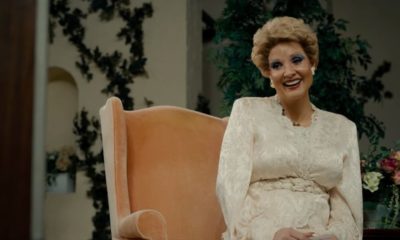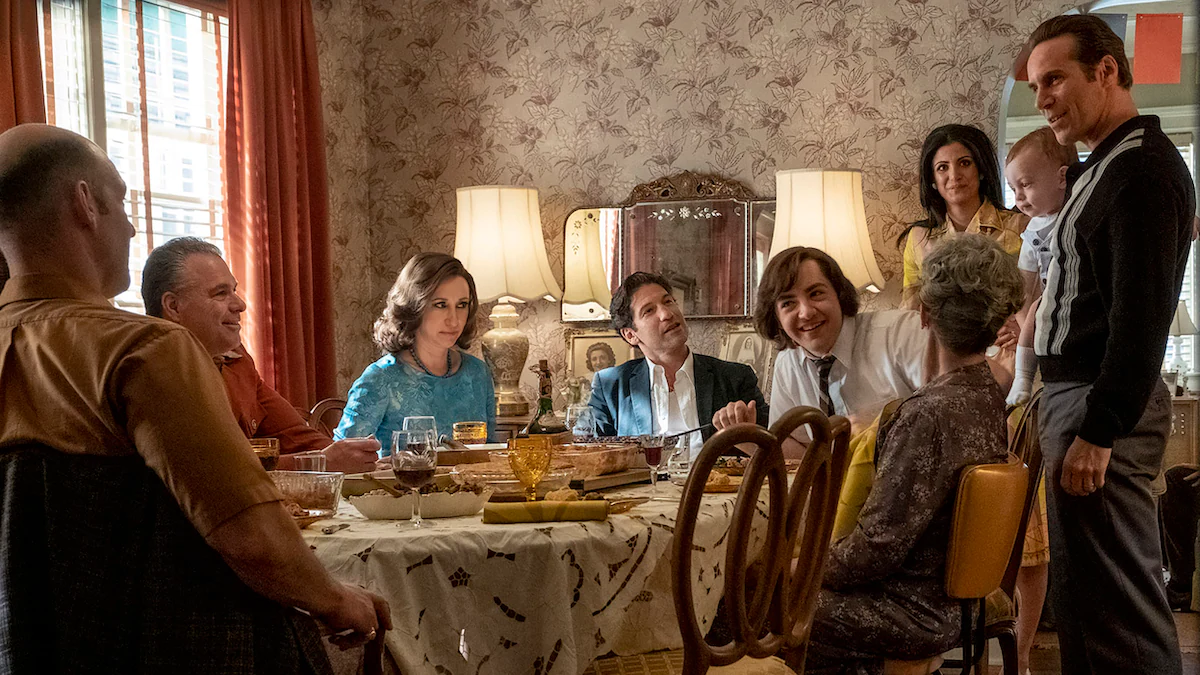Imagine it’s June 1982, and you’re faced with a decision at the multiplex between two new movies, “Poltergeist” (released on June 4) and “E.T. the Extra-Terrestrial” (released a week later, on June 11). Which film about a suburban family whose lives are overturned by a supernatural alien presence do you want to see?
At the time of their release, the horror/satirical approach of “Poltergeist” and the mythical/sentimental approach of “E.T.” seemed to be at opposite ends of the spectrum. Yet, three decades later, the two movies have more in common than near-simultaneous release dates, suburban settings, and otherworldly fantasy/horror/sci-fi elements: they also sprang from the mind of Steven Spielberg and explored many of his signature themes.
Spielberg himself noted the similarity in a June 1982 interview: “I think people lead lives where their deepest wish is that something would interrupt the mundane everyday routine,” he told Michael Verona. “And someone (or something) comes into their lives that disturbs everything, disrupts everything, makes them suddenly have to work at life and to live it [to the fullest] to survive.”
Although Spielberg went on to say — in an interview quoted in the Douglas Brode book, “The Films of Steven Spielberg” — that “Poltergeist” is “about suburban evil, and [“E.T.”] is about suburban good,” both films started with similar ideas. The director had originally conceived a project called “Night Skies,” about a rural family terrorized by an alien invasion. Eventually, that evolved into the more benign arrival of “E.T.,” while the invasive, ghostly force gave us “Poltergeist.”
Both stories also had roots in Spielberg’s own childhood. His home in Haddon Township, New Jersey, contained a crack, of which Speilberg said, “I remember lying there, trying to go to sleep, and I used to always imagine little Hieronymus Bosch-like creatures inside, peeking out and whispering to me to come into the playground of the crack and be drawn into the unknown there.” He was talking about the monsters in the closet in “Poltergeist,” though he could just as easily have been talking about the “goblin” hiding in the closet among the stuffed animals in “E.T.”
Spielberg also made both films at nearly the same time, in Los Angeles suburbs (Agoura Hills for “Poltergeist,” Northridge for “E.T.”). In both cases, the screenplays started out as his creations, though he farmed them out to other writers to flesh out (Michael Grais and Mark Victor for “Poltergeist,” Melissa Mathison for “E.T.”). And though Tobe Hooper is credited as the director on “Poltergeist,” Spielberg effectively directed both movies, which has lead to a lot of controversy over the years as to how much credit Hooper deserved. (A good summary of the competing claims is at this “Poltergeist” fan site.) According to the accounts of several of the actors and crew members, it was executive producer Spielberg who was really calling the shots, from designing at least half of the storyboards (producer Frank Marshall said Spielberg did all of them) to approving camera setups to overseeing all the post-production work (editing, music, effects) without any input from Hooper.
It’s possible that the indie-bred Hooper may have been out of his depth on the effects-heavy, $ 9.5 million budget — a lot of money for a horror film in 1982 — studio movie (an arena where Spielberg was at home), or he may simply have been overwhelmed by his powerful producer’s highly specific vision. Either way, the resulting film doesn’t look much like a Hooper horror film (he had previously directed horror classics “The Texas Chainsaw Massacre” and “Salem’s Lot”): There’s no blood, minimal gore, and no one dies (except the canary). On the other hand, there are a lot of Spielberg’s visual trademarks (low-angle shots; a preference for zooming or changing focus, rather than panning, to introduce surprises into the frame; characters looking upward in awe).
Those visual and stylistic similarities seem even more pronounced if you watch “Poltergeist” and “E.T.” back to back. Both look like they were shot in the same suburb, maybe even the same house. (In fact, they were shot 20 miles apart.) Both also feature similar families, with three kids — a teenager, a boy of about 10, and a blond girl of about five. Both seem to have a similar view of childhood as more open-minded and imaginative than adulthood (and therefore, more receptive to the weird, magical visitors). Adults catch on eventually, however, and it takes a team of grown-up professionals, who initially seem creepy but turn out to be benign, to help send the visitors back to the world where they belong and to restore the family to wholeness.
In the early part of his career, Spielberg was often dismissed as a director who idealized both suburbia and childhood, painting each with a corny, overly sentimental gloss. But “Poltergeist” and “E.T” present suburbia and childhood as darker, more ambivalent places than the conventional wisdom Spielberg suggests. Suburbia, in both films, is set on the edge of a wilderness that contains hidden terrors — undeveloped land populated by vengeful corpses, or a forest where space aliens and scary government scientists both pursue their quarries. The seemingly rational order imposed by the suburban grid, the shiny new-ness of the consumer-friendly houses, proves to be a thin, false facade, a vain attempt to impose civilization upon primal forces that’s left in a chaotic shambles by the end of the movie.
Meanwhile, childhood, in both movies, is a realm of fears — fears not just of monsters in the closet, but of real-life terrors like parental abandonment, being singled out as different, or puberty. Parents, if present, can help only so much; they can assuage those fears a bit but can’t banish them altogether.
In the end, the similarities between these two movies and the the fact they were released one week apart, just proves what a nuanced and versatile filmmaker Spielberg really is. After all, 1982 wasn’t the only time Spielberg would dazzle audiences with two movies back to back: He did so again in 1993 (when he released “Jurassic Park” and “Schindler’s List” within months of each other), 1997 (“The Lost World: Jurassic Park,” “Amistad”), 2002 (“Minority Report,” “Catch Me If You Can”), 2005 (“War of the Worlds,” “Munich”), and 2011 (“The Adventures of Tintin,” “War Horse”).
Usually, when Spielberg does a double-header, one movie is for sheer entertainment, while the other is a swing for the artistic fences. In 1982, however, both his films were immensely entertaining and both worked on multiple levels beyond their genre-story origins. “E.T.” got most of the Oscar glory (“Poltergeist” got three nominations and lost to “E.T.” in each category), but the former stands up today as a serious exploration of common Spielberg themes, as well as one of the scariest horror movies ever. Watch them both, and you’ll realize that awe and terror are opposite sides of the same coin.
Earlier on Moviefone:



 Movies News6 years ago
Movies News6 years ago


 Movies News4 years ago
Movies News4 years ago


 Movies News4 years ago
Movies News4 years ago


 Movies News4 years ago
Movies News4 years ago
